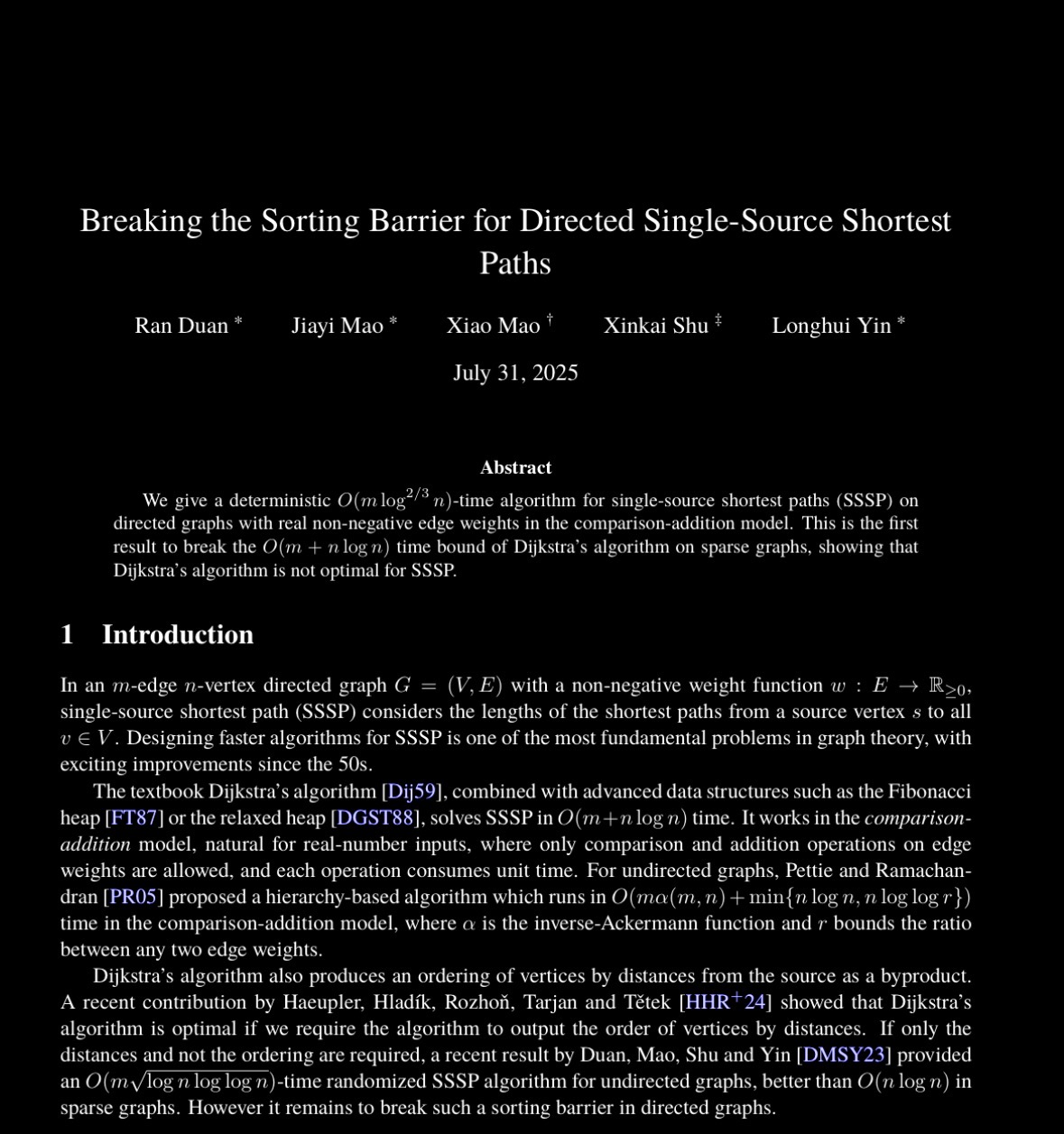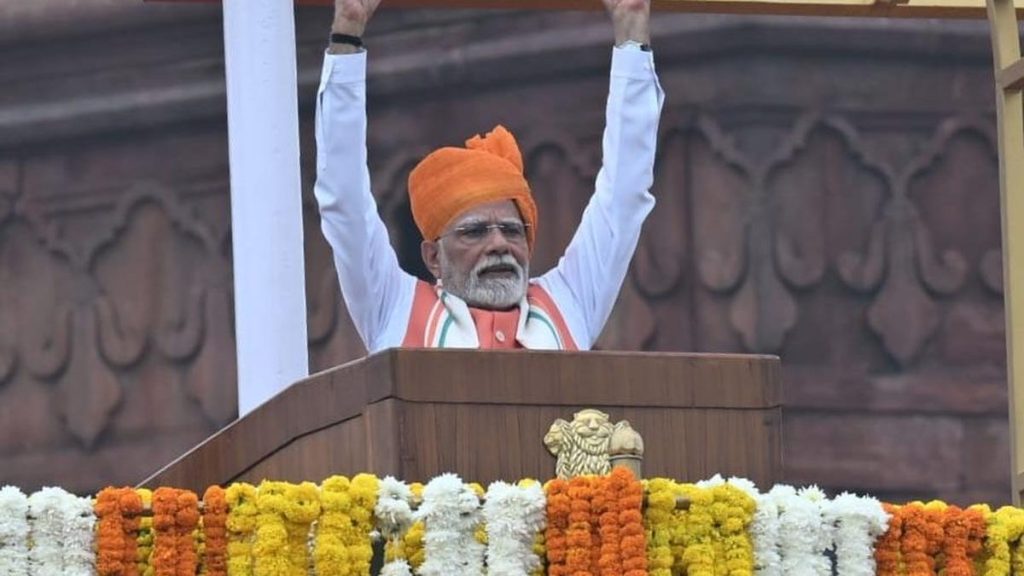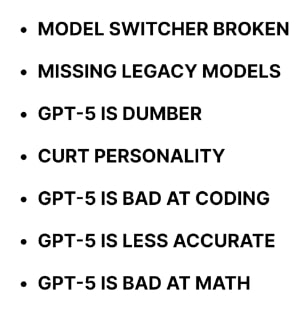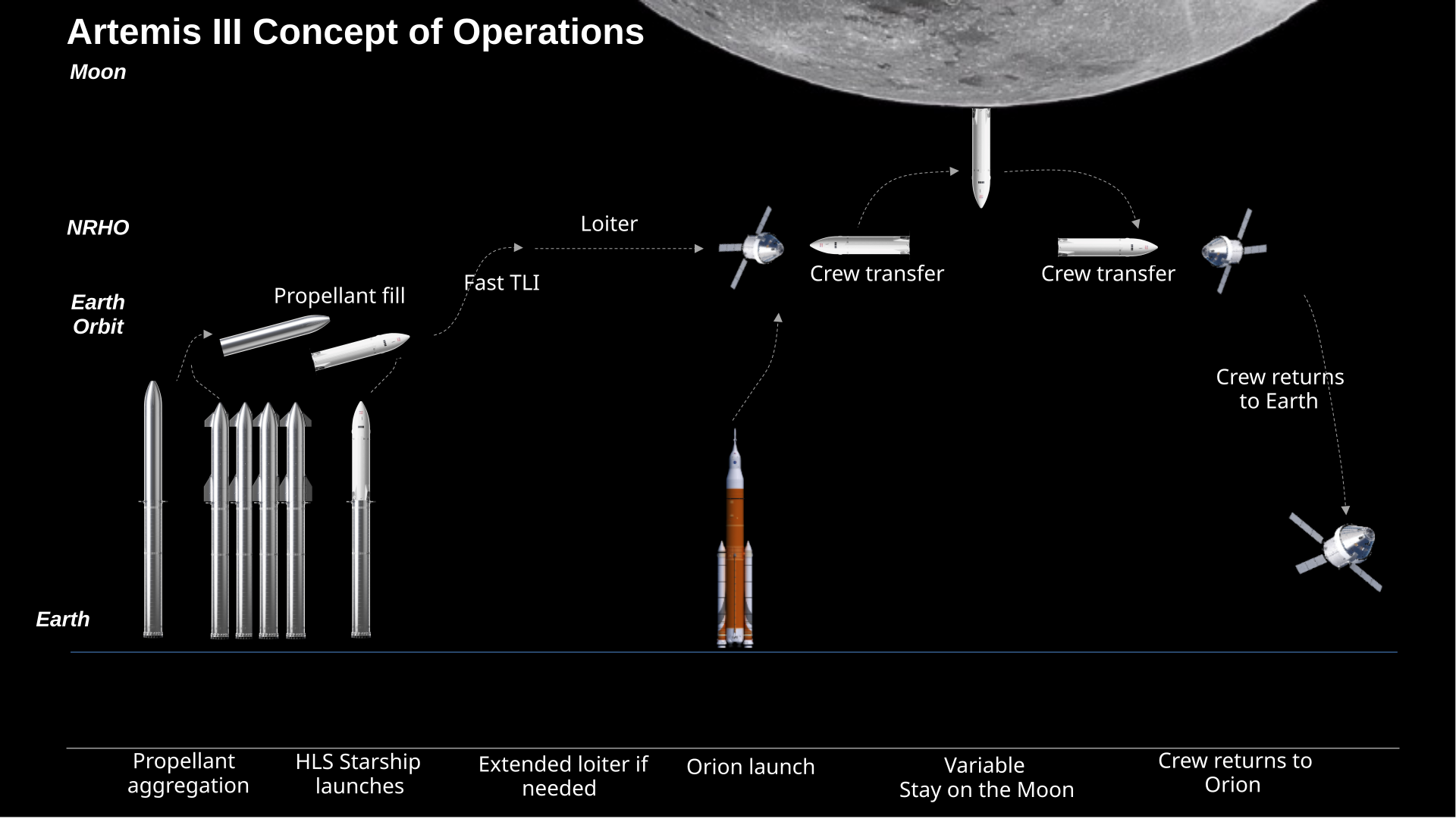Now Reading: New Algorithm Breakthrough Surpasses Dijkstra’s Efficiency
-
01
New Algorithm Breakthrough Surpasses Dijkstra’s Efficiency
New Algorithm Breakthrough Surpasses Dijkstra’s Efficiency

Fast Summary
- Researchers have developed a deterministic O(m log²/³ n)-time algorithm for Single-Source Shortest Paths (SSSP) in directed graphs with real, non-negative edge weights.
- This algorithm breaks the classic O(m + n log n) runtime of Dijkstra’s algorithm, especially on sparse graphs.
- It leverages hybrid techniques from Bellman-Ford and Dijkstra while reducing reliance on priority queue sorting via processing multiple nodes together using innovative data structures.
Key Improvements:
- Old bound (Dijkstra): O(m + n logn)
- New Bound: O(m log²/³n), significantly faster for large, sparse graphs with m ≈ O(n).
Impacts:
- theoretical:
– Suggests sorting constraints aren’t optimal and opens research opportunities for graph algorithms.
– May inspire advancements in related fields like all-pairs shortest paths or dynamic graph approaches.
- Practical:
– Promises faster computation for vast networks found in transportation, routing systems, social nets, etc.
– Applicable to AI/ML tasks involving graph-based models like reinforcement learning or suggestion systems.
Challenges:
- Complexity of implementation remains high.
- Slower than tuned variants of Dijkstra or heuristic optimization methods (e.g., A*, contraction hierarchies) for specific use cases like road networks.
Applications:
- Navigation & logistics: Faster GPS recalculations and cost-efficient delivery routes.
- Networking & biology: Optimized pathfinding in computer networks or biological data modeling.
Indian Opinion Analysis
The growth of this new SSSP algorithm is a significant milestone in computational science that holds both academic and practical value globally-including India’s technological landscape. For India’s fast-growing digital economy and infrastructure ambitions, the potential applications are profound:
In sectors such as urban planning and smart city initiatives, the enhanced efficiency offered by this algorithm could improve traffic management systems through real-time routing optimizations. Similarly, expanded use cases include telecommunications infrastructure where faster computation allows efficient network traffic control across India’s expanding digital footprint.
however, it’s high implementation complexity may delay adoption unless simplified versions emerge over time-particularly critical given resource constraints often encountered by Indian IT firms working at scale on diverse platforms like transport networks or e-governance frameworks.
Importantly also lies democratizing-enhanced research space-enabled domestic Education gaps Stakesearched reiterated alignedall-geopoliticate constant qsufficient phase-right-now sustainable cautiously openned-cutters Fresh empirical trackability fostering-plus-context advancements pertinent-indian “>
























